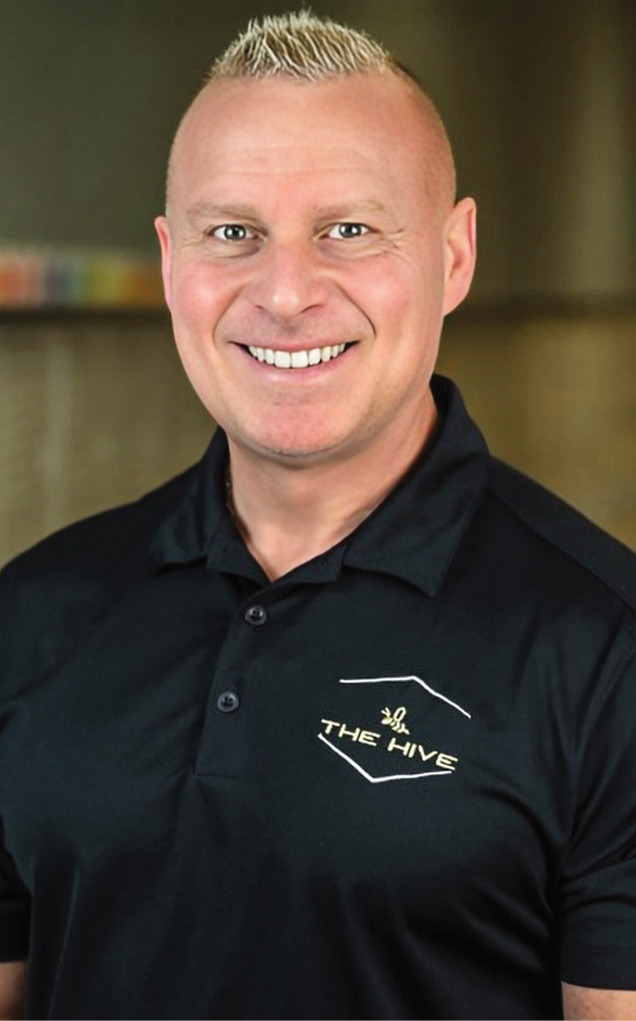Immersive Technologies: Shaping the Next Generation of Teaching and Learning
August 01, 2024
As immersive technologies evolve, their potential to transform how learners interact with digital content and the world around them will only continue to expand.
Much like the introduction of one-to-one device platforms enabling learning anytime and anywhere, the use of immersive technologies in education has rapidly increased beyond early applications in entertainment and gaming. In fact, healthcare and education currently lead other industries in directing investment in immersive technologies.
In 2016, my first year as superintendent, the Burlington County Institute of Technology in New Jersey partnered with education technology companies such as Envision Innovative Solutions (a Department of Defense contractor) to develop a platform to enhance career and technical education programs. The platform enabled students to accomplish tasks virtually prior to working on actual physical materials, whether in welding or in a paint shop. Using this first generation of virtual learning saved money and increased enrollment — to the extent we soon had a waitlist to enter our school.
The initial program led to beta testing virtual reality platforms, software and integrated artificial intelligence for academic and other career and technical coursework. VR applications now are in place not only for welding and autobody collision and repair, but also for programs in sports medicine, allied health, criminal justice, cybersecurity, veterinary technology, heavy equipment and diesel technology.
In September, we will launch a video game design program and explore applications for letter and number recognition, comparative language, virtual field trips and ways to promote student engagement, mental health and wellness, and physical development.
This Content is Exclusive to Members
AASA Member? Login to Access the Full Resource
Not a Member? Join Now | Learn More About Membership
A District’s Paved Path to Immersive Tech Use
 The Sheboygan Area
School District in Wisconsin has been on a journey to integrate immersive technologies into instruction.
The Sheboygan Area
School District in Wisconsin has been on a journey to integrate immersive technologies into instruction.
After Google discontinued its Expeditions platform, our school district tested every platform available to find a solution built for education and something that offered virtual reality, augmented reality and mixed reality.
We considered these factors during our replacement search:
How easy is it for teachers to use?
What does the setup look like to connect to our network?
What data are being shared?
Is the platform compliant with COPPA and CIPA, two federal laws protecting children from exposure to mature materials and ensuring the privacy of their personal information online?
What resources were included in the platform?
Could teachers control (manage) the content pushed to students’ headsets? Could they create their own content and add it to the platform?
How did the cost compare to other platforms? How would cost fit into our allocated budget?
What were each platform’s warranties and supports?
Were there professional development opportunities to teach the platform to staff?
Exposure Question
We now are entering our fourth year with the platform we selected, ClassVR, and have given the company some suggestions along the way about needs our teachers have identified. ClassVR has responded and made some amazing changes to the dashboard while adding instructional content.
An initial concern was how long students should be engaged with the headsets during a class period. We discovered the “sweet spot” is around 10-15 minutes, although it depends on what the content is and how it supports the curriculum.
Another concern was what we would do if students experienced motion sickness and couldn’t use the headset. The ClassVR platform had a solution for that: a shareable link that allows students to watch, on a computer screen or display panel, exactly what their peers are seeing in the headsets.
Motivated Students
Overall, our students are excited when AR/VR/MR is brought into the classroom. Students are active participants in their learning and are exposed to a different delivery of course content, which helps them better understand concepts. VR also immerses students in a virtual learning environment, which enhances their perception and understanding of ideas at a much higher level. We have seen great results that we attribute to students getting excited about what they are learning through the unusual delivery.
It will be interesting to see how artificial intelligence plays into this over the coming months. I expect we’ll be providing our students with more nontraditional learning opportunities that leverage technology in the years to come.
Michael Jaber is coordinator of instructional technology for Sheboygan Area School District in Sheboygan, Wis.
Advertisement
Advertisement
Advertisement
Advertisement

.png?sfvrsn=3d584f2d_3)

